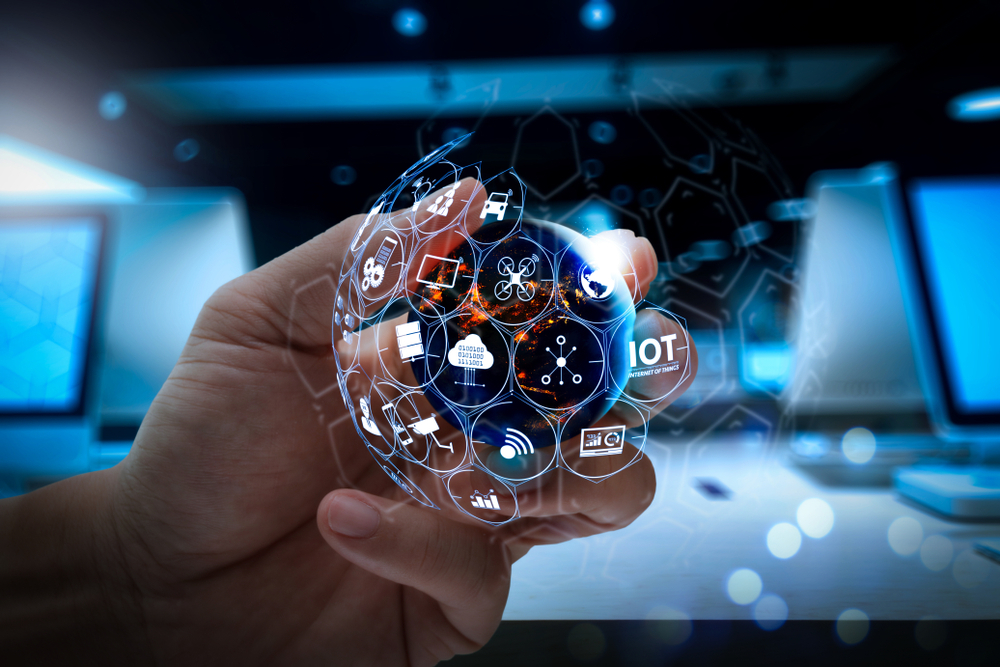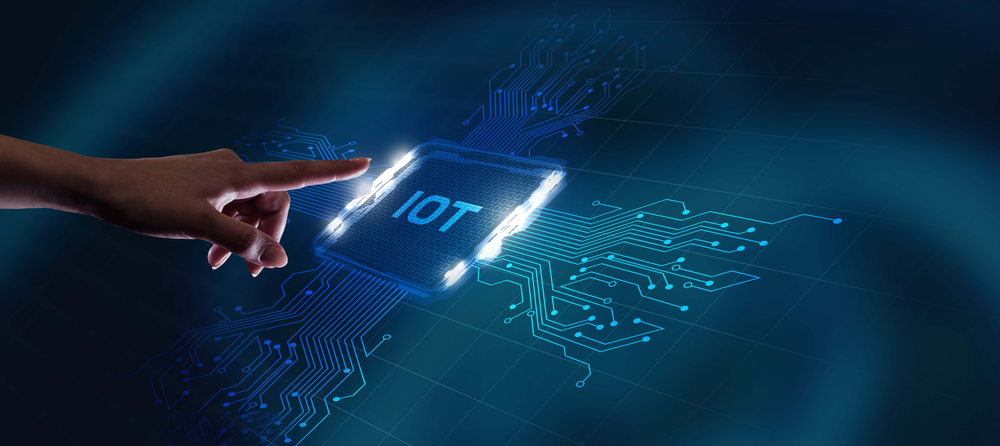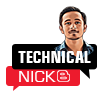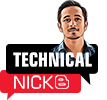The Demand for IoT Engineers
The Internet of Things is a rapidly growing field that has seen a lot of change in the last few years. The number of jobs available in the field is expected to rise to 4.6 million by 2023. The Internet of Things (IoT) is one of the hottest emerging fields, with lots of opportunities and challenges for engineers. It has been predicted that IoT engineers will be in high demand in the near future due to its exponential growth. The IoT industry is predicted to grow at an annual rate of 34% until 2023, with more than $1 trillion worth of revenue generated by 2023.
Qualifications of IoT Engineers
An IoT Engineer is a person who has a deep understanding of the technology and its use cases. They need to be able to understand how the technology can be implemented in different products. IoT engineers are in high demand because of the new technologies that are coming into play.
Qualifications:
- Bachelor’s degree in Computer Science or related field
- Experience with software development and programming languages
- Experience with embedded devices and hardware systems
- Familiarity with programming languages like C, C++, Java, Python, JavaScript, and Ruby
- Experience in electronics/electrical engineering
Roles and Responsibilities of IoT Engineers
The introduction of the Internet of Things (IoT) has brought about a new era in the world of technology. The IoT has made it possible for more people to have access to technology and it has also created a new set of jobs which are related to the IoT.

The functions and responsibilities of IoT engineers vary depending on the company or organization they work for, but some common duties include:
- Creating solutions that can be used across different industries
- Developing new applications based on their own ideas
- Designing and implementing systems that are scalable, flexible, and dependable
- Designing systems that are secure by keeping hackers out while being accessible to end-users.
5 Essential IoT Arduino Skills Required for IoT Engineers
IoT engineers are the ones who work on IoT technologies, which include sensors and other connected devices. They design and develop new products that can be used in various industries such as healthcare, manufacturing, and retail.
The job of an IoT engineer is not just about designing a product but also about understanding the business needs of their clients. They have to understand how to make the product fit their client’s needs. The most important skill for an IoT engineer is being able to understand the business objectives of a project before they start working on it.
IoT engineers must know the 5 IoT Arduino Skills listed below:
1. Arduino Programming:
In the world of IoT, there is a need for a platform that can connect and communicate with the internet. This platform is Arduino. The Arduino is designed for people who are interested in experimenting with electronics and programming them to work on their own. The Arduino is connected to the internet through a Wi-Fi module or Ethernet cable. It can also be connected to other devices like sensors or appliances using Bluetooth or USB cables. Once it has been programmed, it can be remotely controlled using an app on your smartphone or computer.
IoT engineers should understand Arduino programming because it provides them with the ability to create their own smart devices and sensors. The platforms are also flexible enough for engineers to use for different applications. There are many reasons why Arduino is becoming more popular than ever before. Some of the main reasons include its low cost, ease of use and portability.
2. Connecting Sensors and Actuators to the Arduino Board:
The Arduino is a popular open-source microcontroller that can be used to build interactive projects. It is composed of an ATMega processor and a variety of input/output devices. Connecting Sensors and Actuators to the Arduino Board in IoT refers to connecting sensors like temperature, humidity, light, sound, etc. with actuators like motors, LEDs, and speakers within an Arduino board. This allows for more advanced control of the sensors and actuators in any project.
IoT engineers should be able to connect sensors and actuators to the Arduino board. They can use the board to do different tasks such as monitoring environmental conditions, measuring temperature, creating interactive experiences, and automation.

3. Making an IoT Application Using the Arduino IDE:
Making an IoT Application Using the Arduino IDE is a process that involves connecting a device to the Internet and writing code that will allow it to perform specific tasks. The Arduino IDE is a software development toolkit that allows you to write code for microcontrollers, such as the Arduino. It is widely used by hobbyists, students, educators and professionals alike.
Most IoT developers are not familiar with Arduino. This is because the Arduino IDE is not compatible with most IoT platforms. However, Arduino is a great platform for prototyping and testing. The Arduino IDE allows you to write code in a simple language that is easy to understand. It also has libraries that you can use to interface with sensors, motors, and other components.
4. Making a 3d Printable Model of an IoT Project Using Cad Software Like Autodesk Inventor or Solidworks:
3d printing is a process that converts a digital model into a physical object by building it up in layers from an electronic file using a 3D printer. This process is used for manufacturing products and prototypes. The use of 3d printing has been growing exponentially over the past few years. This exponential growth has led to the development of new technologies like CAD software, which has allowed users to create models and prototypes in 3 dimensions with ease.
Making a 3d printable model of an IoT project using CAD software like Autodesk Inventor or Solidworks can help engineers and designers determine if their device will function as intended before they build it. This can save time and money, as well as reduce prototyping costs by up to 80%.
5. Making a PCB Design for an IoT Project:
PCB design is the process of designing an electronic circuit board. It’s a manufacturing step in the production of printed circuit boards. Making a PCB Design for an IoT project is a complex process that involves understanding how your product will be used, which components will be needed, and how to make the design compatible with those components.
The PCB design is a critical component of an IoT project. It is the most important circuit board that will be used to connect all the sensors and other components of an IoT project. In order to make sure that their PCB designs are ready, IoT engineers should understand how to design a PCB for an IoT project. This includes understanding the steps involved in designing a PCB and knowing what are the key components that need to be included in a PCB design.

How and Where to Learn Essential IoT Arduino Skills?
The IoT is becoming a more popular topic as more and more people are getting interested in it. As the IoT becomes more popular, there will be a growing need for people who can develop IoT devices and services. The best ways to learn Arduino skills are through online courses, books, and tutorials. There are also many Arduino projects out there that you can try.
There are many ways to learn about IoT Arduino. A few of them are:
- attending an online course on IoT Arduino.
- working with a mentor.
- reading books and articles on IoT Arduino.
LearnVern is offering an online IoT Arduino tutorial for all levels of IoT Arduino users, novice or expert. If you are new to Arduino and the Internet of Things, then this is the ideal course for you! This beginner-friendly tutorial includes all the essential concepts you need to know before diving into real projects. You can learn everything you need to know about the basics of IoT, from electronics and communication to microcontrollers and embedded systems.
Conclusion
The IoT is a hot topic in the world of technology. It is expected to take over the world in the coming years. The scope of this career is vast and it can be broken into three different categories: IoT hardware, IoT software, and IoT network.
IoT software engineers create devices that collect data from sensors or other devices to make sense of it for humans. They implement algorithms for machine learning and artificial intelligence on these devices. Their work includes writing code for computer vision, speech recognition, and autonomous cars among others.
IoT engineers must be open to new technologies in order to stay ahead of the competition. This is because IoT is constantly evolving and changing. So, it is important for them to keep up with the latest innovations in technology. The job market for IoT engineers is expected to grow by 23% from 2014 to 2024, which means that there will be plenty of opportunities available in this field.
To Read More Tech Blogs Visit: Technical Nick

















